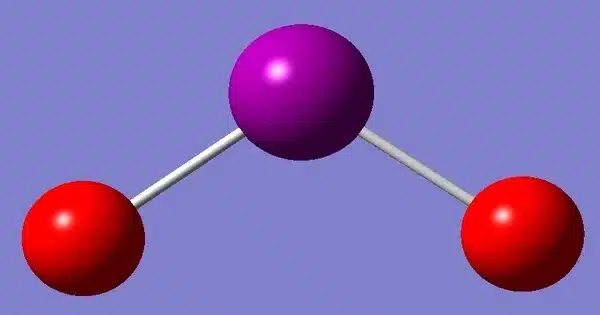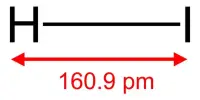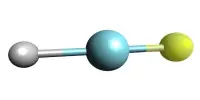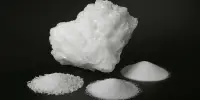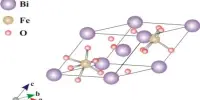Iodine dioxide (IO2) is a binary inorganic compound of iodine and oxygen with the chemical formula IO2. This is one of many iodine oxides. It is an unusual and less stable iodine oxide. The most common and stable iodine oxides are iodine pentoxide (I2O5) and iodine heptoxide (I2O7).
Iodine dioxide is difficult to characterize due to its instability and proclivity to decompose. It is typically obtained as a dark brown solid. The compound is more reactive than iodine pentoxide and can decompose into iodine and oxygen.
Synthesis
The compound can be prepared by reacting sulphuric acid with iodic acid or by the action of concentrated nitric acid upon dry powdered iodine. The synthesis of iodine dioxide is challenging, and it is not commonly encountered in practical applications. Researchers may study it for academic purposes and to better understand the chemistry of iodine oxides.
Chemical Reactivity
Iodine dioxide is a powerful oxidizing agent and can react with various substances. It can liberate iodine and oxygen.
2I2O2 → I2 + O2
It’s essential to note that iodine dioxide is not commonly encountered in everyday life, and its properties may be studied under controlled laboratory conditions.
Physical properties
It forms yellow crystalline solid. Reacts with water. Iodine dioxide has an irritating effect, can be found in the wastes from the production of certain pharmaceuticals. It is generally not stable and can decompose, especially when exposed to heat or light. It is considered a strong oxidizing agent.
- Chemical formula: IO2
- Molar mass: 158.902 g·mol−1
- Appearance: yellow solid
- Density: 4.2 g/cm3
- Melting point: 130 °C (266 °F; 403 K)
- Solubility in water: reacts with water
- Physical State: It is typically a yellowish-brown solid at room temperature.
- Odor: It may have a characteristic odor.
Applications
The potential use of iodine dioxide as a disinfectant has been investigated. Because of its antimicrobial properties, it could be effective against bacteria, viruses, and fungi. It could be used in water treatment, medical sterilization, and surface disinfection.
It is a reagent that can be used in chemical synthesis. It has been studied for its ability to oxidize various organic compounds, and it may be useful in certain organic chemistry oxidation reactions. It’s been used in analytical chemistry, specifically titrations. Because of its oxidizing properties, it can be used as a titrant in redox titrations.
